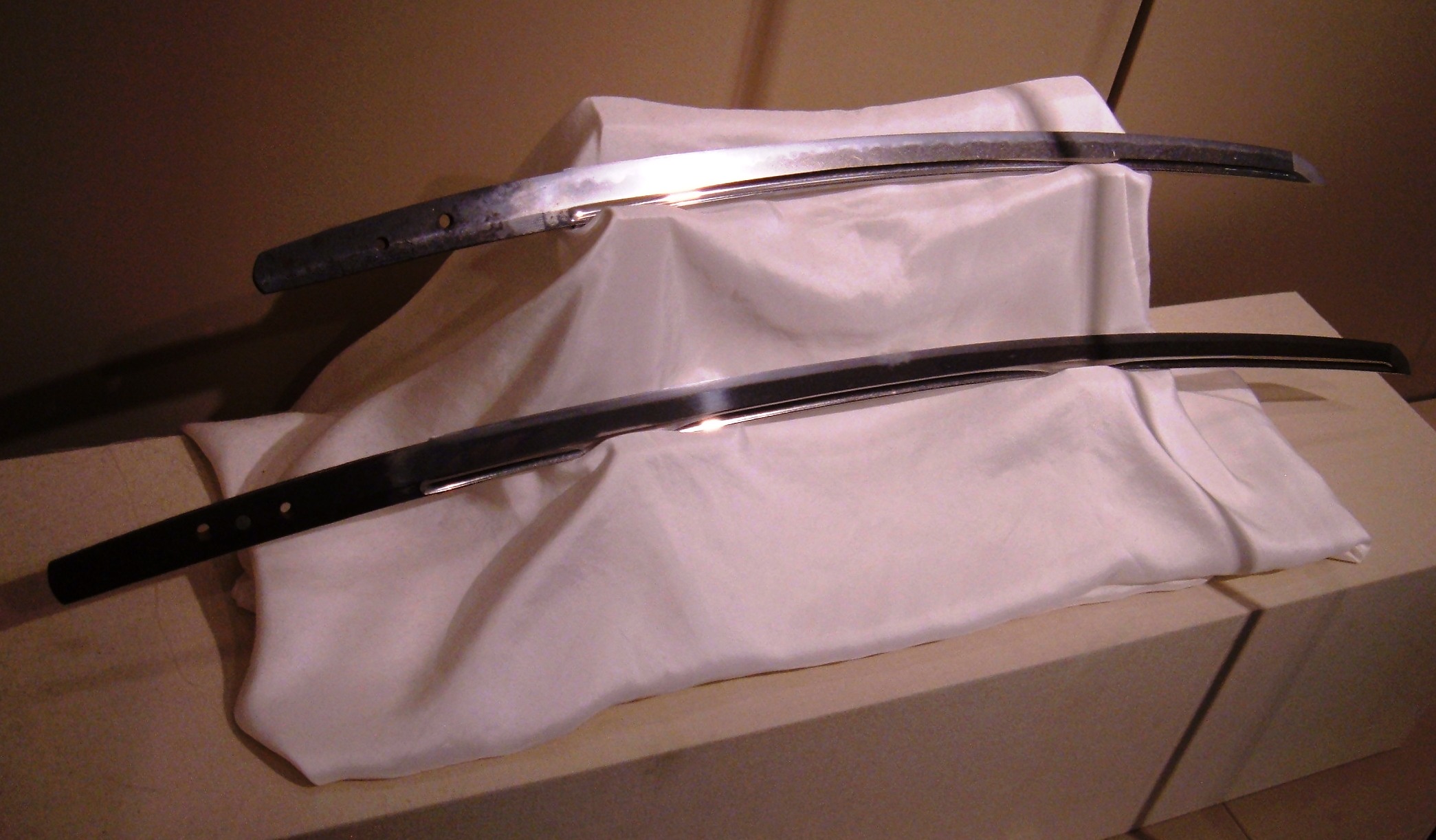What katana is really suitable for you?

Don't know what katana is really suitable for you or just want to learn more about the Japanese sword ?
Katanas have long had historical significance, you can see from numerous Hollywood debuts in movies such as Kill Bill, The Last Samurai, 47 Ronin etc. Katana is not only a Weapon, but also an Art-craft. What is the best katana? which katana is right for swordsmen (and women)? A simple Google search for ‘katanas’ or ‘samurai swords’ will yield an overload of search results, some helpful, some not so much.
Choosing a katana is mostly a matter of preference: some prefer heavier katana, while others like lighter; same goes for length. Choose a sword that interests your tastes, use the Internet and study up on the different parts of the katana and how a katana is made, and you will be able to tell the difference of different katanas; Look for someone to train with, this helps immensely in sparring.
The Point (Kissaki), sori (curvature) and length
Different arts require different kissaki (tip) sizes and sori (curvature). The kissaki of a sword is possibly the most difficult part of the sword to forge, and the quality of the point will have a great deal to do with the value of the sword. It must be carefully formed and tempered and is thereafter as necessary as the nose on a person's face. There are three descriptive terms applied to the kissaki in general, which are, quite simply: o-kissaki (large), chu-kissaki (medium) and Ko-kissaki (small). Most smiths worked in the middle, or chu-kissaki range. One interesting variation of the ko-kissaki is the ikubi-kissaki which has practically no curvature on the cutting edge (fukure), and appears quite stubby.
The Sori or curvature is probably the most important element of the blade apart from its size, weight and balance. Combined with these factors, the characteristic is greatly influenced by the position of the Sori. The Sori (the highest point of the curvature) is usually placed at the center, depending on the craftsman.
The curvature and length of a Japanese sword were not to any great extent an accident of construction, but were developed and modified to meet specific needs of warfare. There were various rules laid down for the determination of the ideal curvature of a blade, generally based upon each curve being the arc of a circle of a specified radius.
Bo hi or no bo hi
The hi or bo'hi is the groove on both sides of the blade, located just under the spine produces a whistling sound when the sword is swung. Having a hi (groove) in a sword will lighten the blade while compromising it's strength as little as possible. The groove creates the classic audible “swish” sound during a cutting motion like we are used to hearing in the movies.
The sound produce by the fuller groove is addictive and brings pleasure for those who practice martial arts that use swords. This also adds a certain ump to the blade?s appearance. The secret is to use the sword correctly as it is meant to be used. Having this in mind, there will be no problems for the user. There is also no worry if the blade comes from a trustworthy source. This is in reference to the way the groove was milled and the use of the right heating technique in terms of right timing. For owners who have bought bohi and those blades without bohi, when used to cut tatami. When viewed in the eyes of the swordsmith, the risk of having bohi or having no bohi blade relies entirely on the skills of the welder. However, for those who are about to purchase a blade it would be advisable to buy a sturdy blade without bohi. The reason given was that the meatier blade will likely survive a botched cut. Suffice to say that a beginner will go through teething pains when he uses a high end Katana.
Want a unique sword? Feel free to contact us:
Phone: 086 13739276006
Email: [email protected]
Website: www.hanbonforge.com
Custom Sword Page: www.hanbonforge.com/CUSTOM-SWORDS/Custom-Your-Own-Swords


Leave a Comment